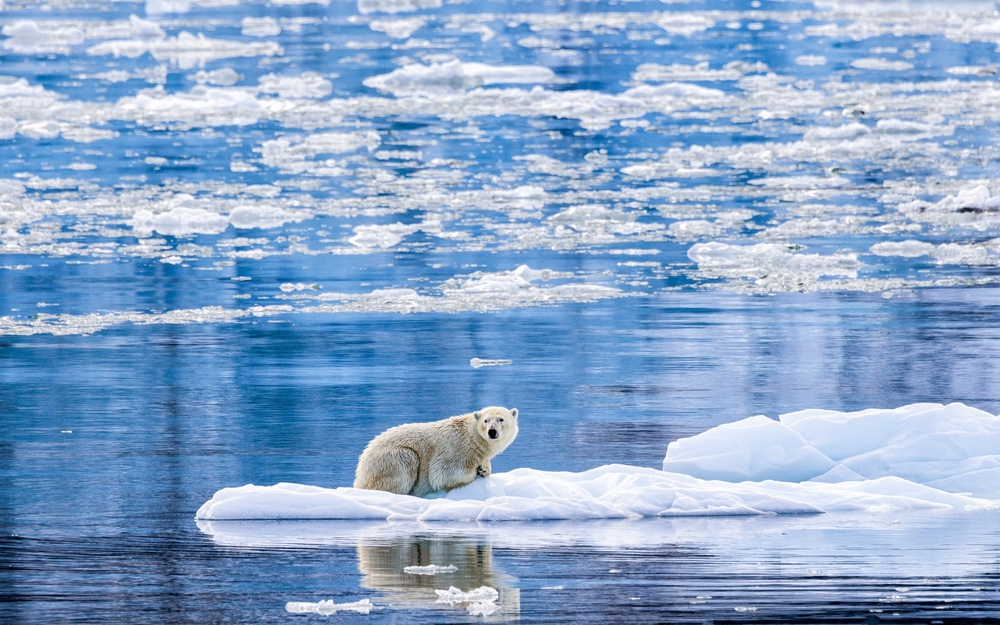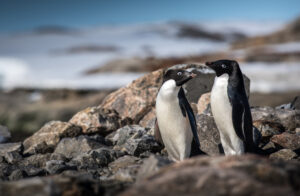As global temperatures rise, animals worldwide feel the effects, altering behaviors that have been stable for centuries. The changing climate affects everything from migration patterns to mating seasons, pushing species to adapt rapidly to the new environmental realities. These behavioral changes highlight animals’ resilience and reveal the growing pressures on ecosystems worldwide. Understanding these shifts can give us valuable insights into how we can support wildlife in a warming world.

One of the most noticeable changes has been in migration patterns. Many bird species, for instance, are altering the timing and destinations of their seasonal migrations due to shifting weather conditions. Birds that once migrated south to avoid colder temperatures are arriving later or leaving earlier, as milder winters allow them to stay in their breeding grounds longer. This may seem harmless, but it affects food sources, as the timing of migration no longer aligns with the availability of the plants and insects they rely on, disrupting the delicate balance within ecosystems.
Rising temperatures also affect breeding and mating behaviors in countless species. In some regions, warmer weather is causing animals to breed earlier than usual, which can throw off the timing needed for offspring survival. For example, certain frog species are breeding weeks earlier, leading to young hatching outside ideal conditions and facing challenges like food scarcity. Similarly, sea turtles, whose offspring gender is determined by temperature, are seeing skewed gender ratios due to warmer sand temperatures, endangering population stability in the long term.
Another significant behavioral shift is seen in feeding habits as animals adjust to the impact of rising temperatures on food availability. For instance, polar bears, facing melting sea ice, are forced to hunt on land more frequently, resorting to alternative food sources like bird eggs. Meanwhile, marine animals, such as fish, are moving toward cooler waters, disrupting the food chains that local predators rely on. These shifts can create a ripple effect, impacting not only individual species but entire ecosystems and the communities that depend on them.

Hibernation patterns are also changing, particularly for species that rely on specific temperature cues to enter or exit hibernation. Warmer winters can cause animals like bears and squirrels to emerge from hibernation too early, potentially facing food shortages as plants and insects may not yet be available. This disrupts natural cycles and poses a risk to these species’ health, as they expend energy when food sources are scarce. Over time, these disruptions can lead to population declines, significantly altering biodiversity.
These behavioral adaptations reveal the far-reaching impact of rising temperatures on wildlife, showing how climate change is reshaping the natural world. As animals adapt in unprecedented ways, the balance within ecosystems shifts, with consequences for both wildlife and humans. By recognizing these changes and supporting conservation efforts, we can help preserve biodiversity and the natural rhythms that sustain it. Supporting policies that address climate change and conservation measures for endangered species will play a crucial role in helping wildlife face the challenges of a warming world.
